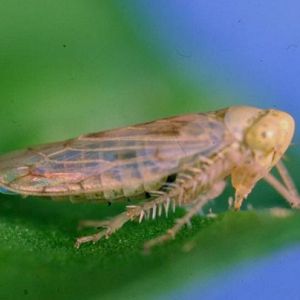Notes: Apply when BLH populations are increasing. Re-treat after 14-days to maintain control of migrating BLHs. Making 3-4 applications late May to early July has been observed to control BLHs and prevent transmission of purple top disease. Later applications are not usually warranted.
Notes: Apply to foliage when BLHs are present to minimize spread of phytoplasma diseases (e.g., purple top).
Notes: It will control BLHs on contact but is not recommended for this pest because it provides only 5-7 days of residual control. Products with longer residual activity are more cost-effective for maintaining control of BLH during their migration periods and limiting spread of phytoplasma diseases (e.g., purple top).
Notes: Early-to-mid season application will cover many migrating pests, including BLHs. Watch the Contour Maps in the Potato DAS every week to monitor regional BLH population densities.
Notes: Early-to-mid season application will cover many migrating pests, including BLHs. Watch the Contour Maps in the Potato DAS every week to monitor regional BLH population densities.
Notes: Apply in May and/or early-to-mid June if BLH populations are building.
Notes: Apply in May and/or early-to-mid June if BLH populations are building.
Notes: Apply in May and June to minimize spread of phytoplasma diseases (e.g., purple top) if BLH populations are building.
Notes: Apply in May and/or early-to-mid June if BLH populations are building.
Notes: It will control BLHs on contact but is not recommended because it provides only a few days of residual control. Products with longer residual activity are more cost-effective for maintaining control of BLH during their migration periods and limiting spread of phytoplasma diseases (e.g., purple top).
Notes: It will control BLHs on contact but is not recommended for this pest because residues last only a few days. Products with longer residual activity are better for maintaining control of BLH during their migration periods and limiting spread of phytoplasma diseases (e.g., purple top).
Notes: Early-to-mid season application will cover many migrating pests, including BLHs. Watch the Contour Maps in the Potato DAS every week to monitor regional BLH population densities.
Notes: Early-to-mid season application will cover many migrating pests, including BLHs. Watch the Contour Maps in the Potato DAS every week to monitor regional BLH population densities.
Notes: Apply when BLHs are present to minimize spread of phytoplasma diseases (e.g., purple top). Retreat after 7-10 days to maintain control of incoming BLHs.
Notes: Apply when BLHs are present to minimize spread of phytoplasma diseases (e.g., purple top). Retreat after 7-10 days to maintain control of incoming BLHs.
Notes: Apply when BLHs are present to minimize spread of phytoplasma diseases (e.g., purple top).
Notes: Apply when BLHs are present to minimize spread of phytoplasma diseases (e.g., purple top).
Notes: Apply in May and/or early-to-mid June if BLH populations are building.
Notes: Apply in May and June to minimize spread of phytoplasma diseases (e.g., purple top) if BLH populations are building.
Notes: Apply when leafhoppers first appear. It may work too slowly to limit spread of phytoplasma diseases (e.g., purple top).



